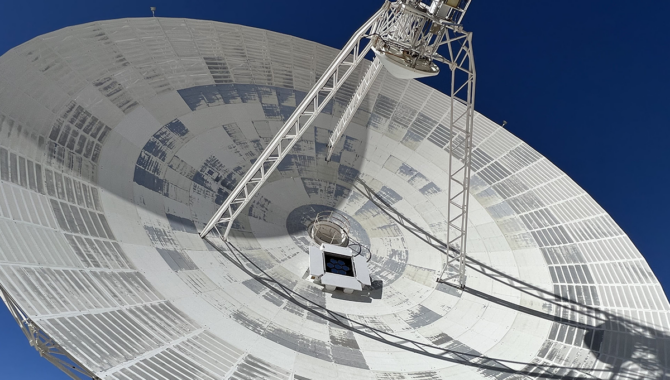This course is a deeper dive into the topics covered in the MBSE for Nasa Managers course. We will practice fundamental tools that are necessary to characterize systems and missions and that enable good modeling practices. This course covers the lifecycle of a system development effort and explores the use of MBSE methods and the SysML language in enabling good systems engineering practices and effective process deployment. We will explore key concepts in reusability as part of the value proposition of MBSE and examine representative examples of models with a variety of purposes across the system lifecycle.

PARTICIPANT TESTIMONIALS
This course is ideal for technical leaders (e.g., payload investigators, project managers, subsystem engineers) in any part of the mission lifecycle, and those who will interact with models or modelers. This course is suited to those individuals who will not need to be active modelers. (non-users of Cameo or equivalent tools).
Systems Engineering Competencies
- SE 1.1 - Stakeholder Expectation Definition and Management
- SE 1.2 - Technical Requirements Definition
- SE 1.3 - Logical Decomposition
- SE 1.4 - Design Solution Definition
- SE 2.1 - Product Implementation
- SE 2.2 - Product Integration
- SE 2.3 - Product Verification
- SE 2.4 - Product Validation
- SE 3.1 - Technical Planning
- SE 3.2 - Requirements Management
- SE 3.3 - Interface Management
- SE 3.5 - Configuration Management
- SE 3.6 - Technical Data Management
Click here to view the Competency Models.
Upon completion of this course, participants will be able to:
- How MBSE enables effective communication, centralized control of information, reusability across products, and traceability across program landscape
- The differences and use cases for each of the SysML diagrams
- How to interpret SysML diagrams
- How MBSE both enables and is enabled by effective process
- How to use foundational MBSE tools to assist in mission planning
- Tips for planning an effective modeling effort





